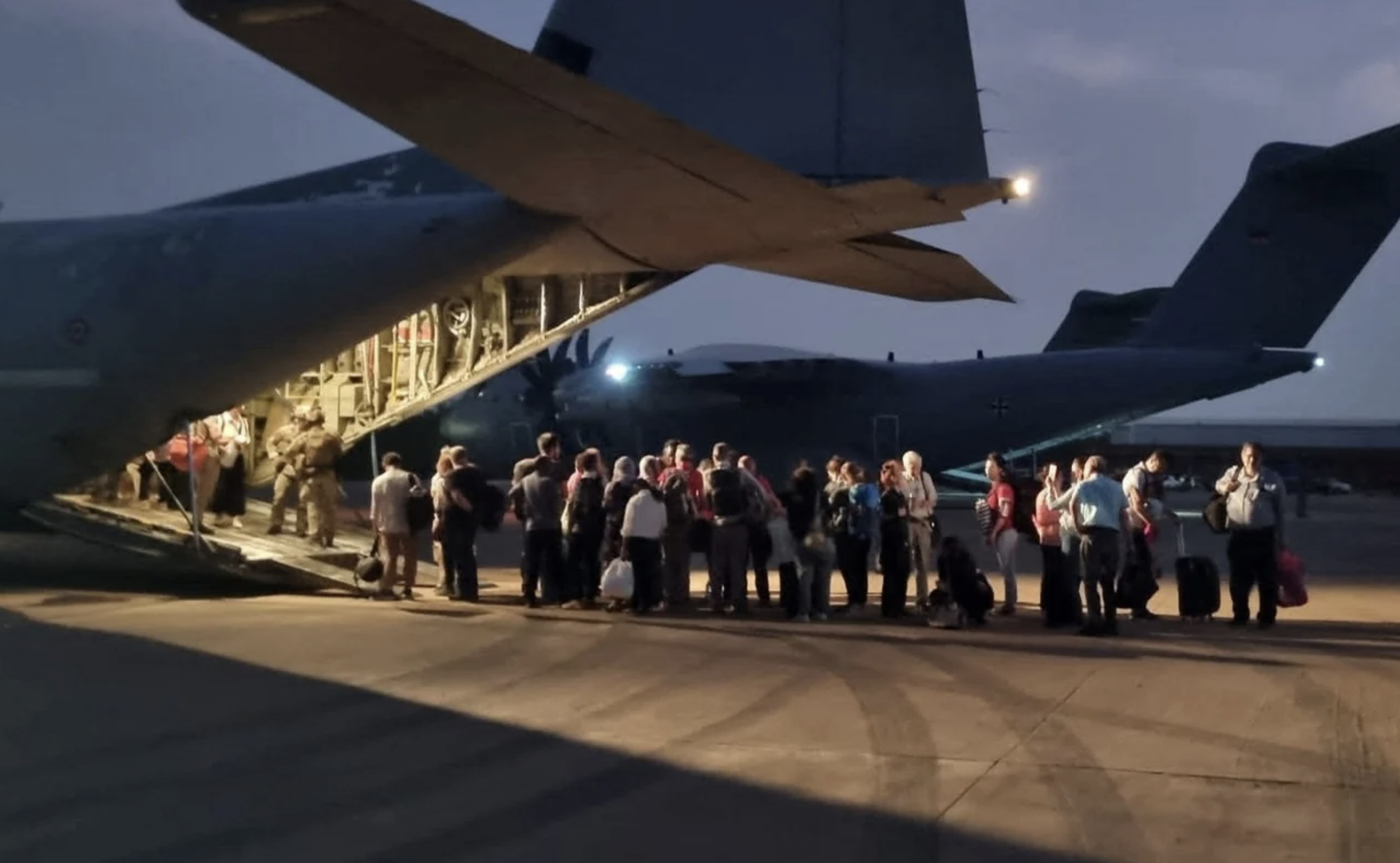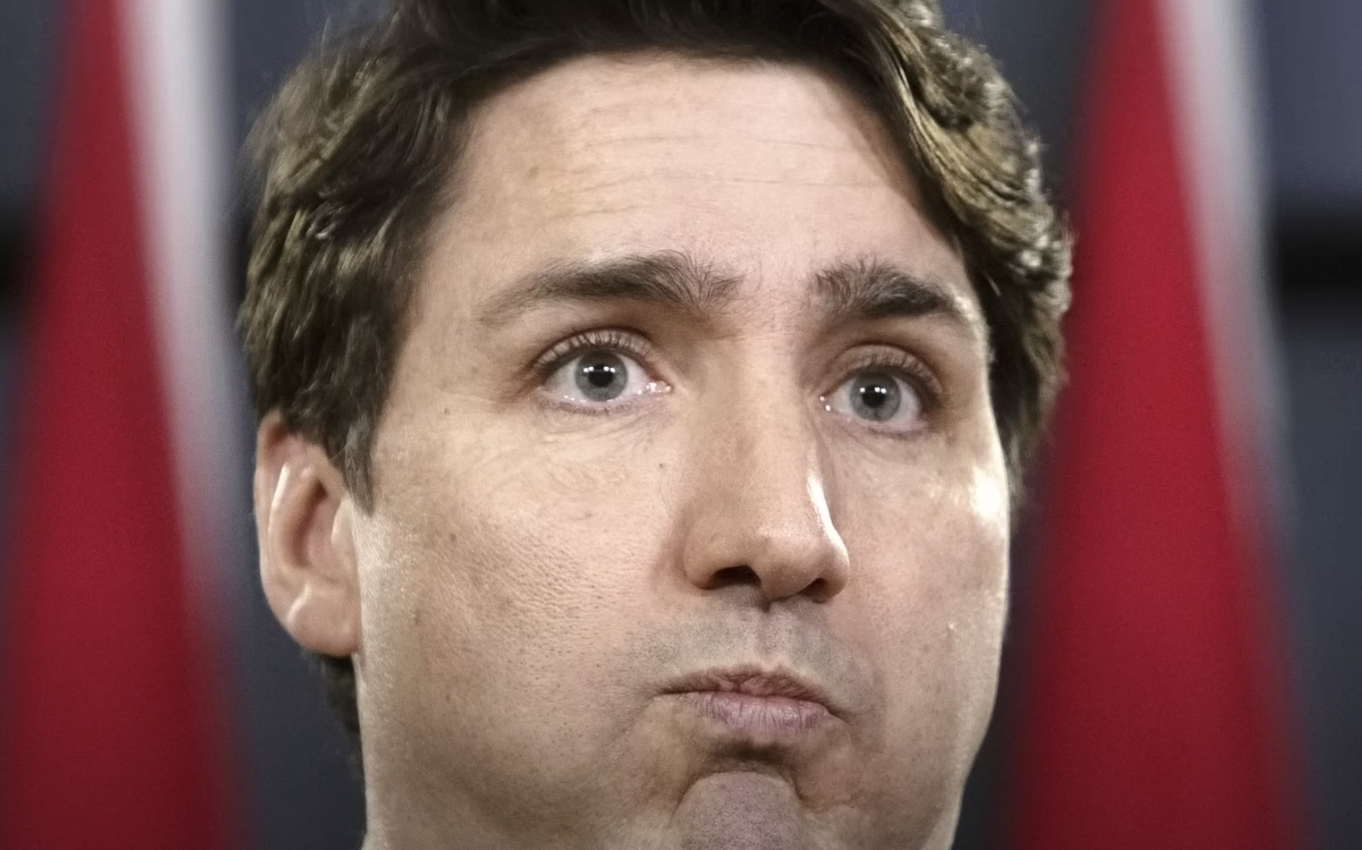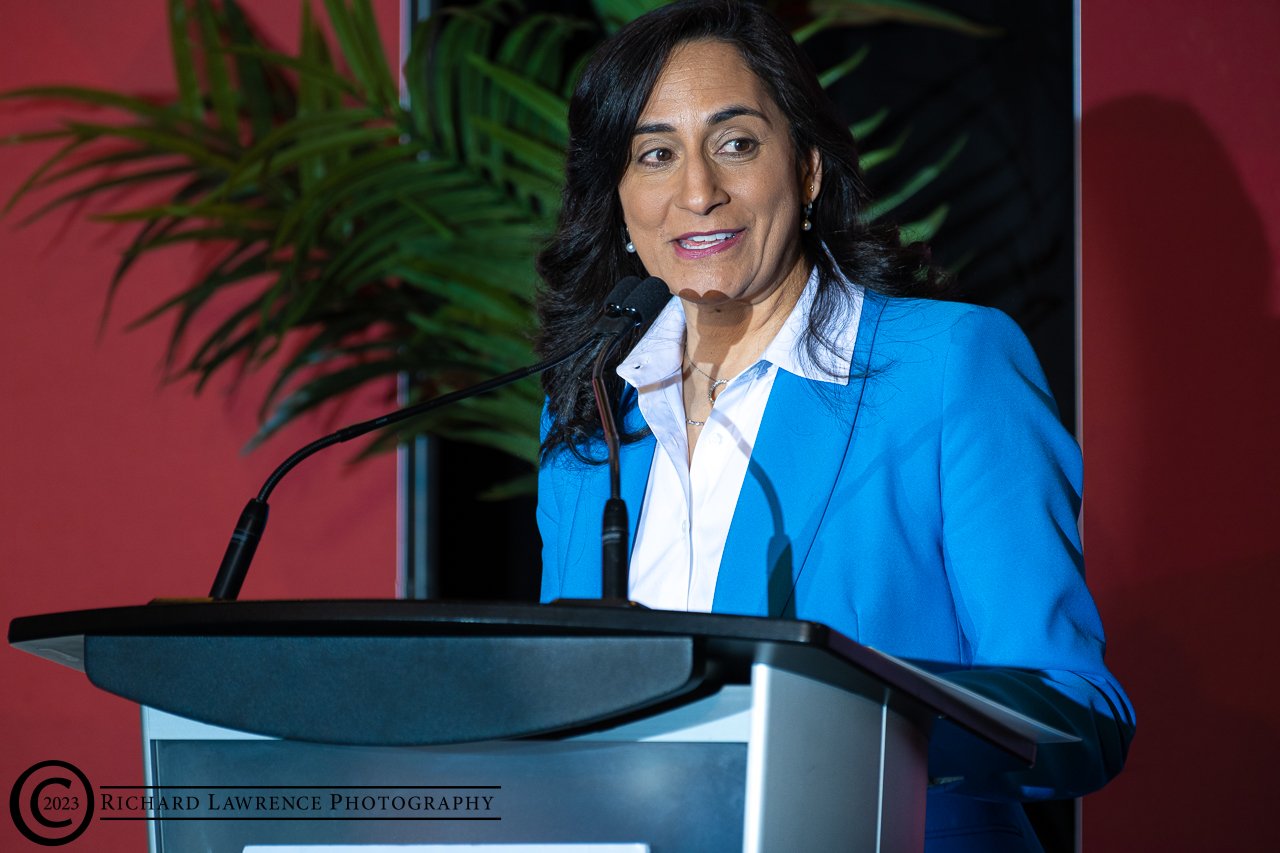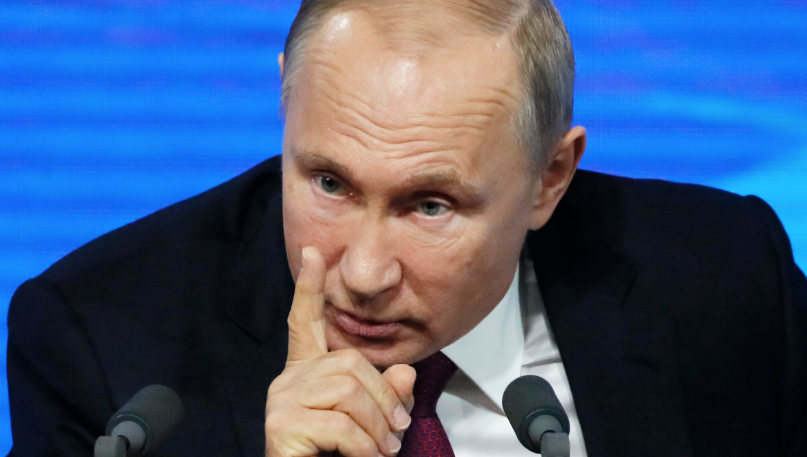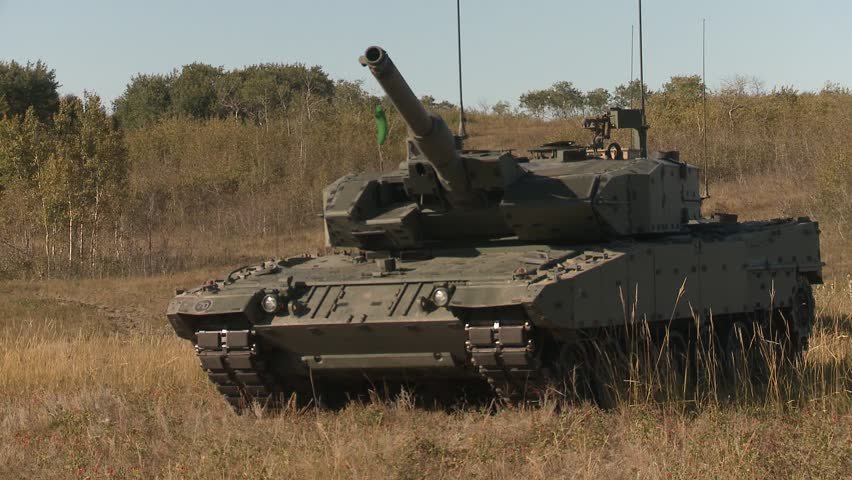By Scott Taylor
As the war in Ukraine enters its 17th month the misinformation and disinformation continues to emanate from both sides of the conflict.
Depending on which news outlet one follows, it would be possible to believe that the Armed Forces of Ukraine are destroying the Russian invaders with ease, armed, equipped and trained by NATO allies, including Canada. Conversely, the pro-Russian media sites portray the war as a Kremlin victory with the current Ukrainian counter offensive being bloodily repulsed at the hands of superior Russian forces.
It is a battle of information ‘absolutes’ wherein western media portray anything Ukrainian as infallible, and the invading Russian troops as being incompetent and incapable.
For instance, on June 6, when the Kakhovka dam was breached on the Dnipro river, there was never any doubt that the Russians were responsible.
Russian troops controlled the dam at the time of the explosion, case closed.
The resultant flood damage is estimated to have killed 10 civilians, injured 14 and washed away numerous settlements downriver.
Ukrainian politicians highlighted the fact that several tons of fuel oil had been spilled into the river during the flood, causing an ecological disaster.
In the immediate aftermath of the dam breach, western media turned to their usual military pundits to explain to viewers why Russia would have deliberately blown up the Kakhovka dam at this particular juncture.
There was no doubt about Russia’s culpability, or speculation that Ukraine might have triggered the blast.
The problem for the pundits was the fact that short of blundering incompetence or a tragic accident, it made no real sense for Russia to destroy the dam.
The best argument put forward was that it was to pre-empt and delay the long-awaited Ukrainian counter-offensive.
However, we are now learning from a study conducted by the Washington, D.C.-based Institute for the Study of War that it was Russian defensive positions on the east bank of the Dnipro river that suffered the most damage as a result of the flood. According to the ISW study, “flooding has deprived Russian forces of previously held positions in at least 12 settlements on the east (left) bank of the Dnipro River and has pushed Russian lines back as far as 10 kms in some areas.”
In terms of the Russian defensive positions the ISW reported, “The flooding has destroyed many Russian first line field fortifications that the Russians intended to use to defend against Ukrainian attacks.”
From the outset, Ukrainian officials noted that the flood had washed landmines downriver creating a dangerous hazard to relief workers. According to the ISW, most of those landmines were part of the defensive works constructed by the Russian army.
Also rarely mentioned in the western media coverage of the incident was the fact that the reservoir at the Kakhovka dam was used to feed the North Crimea Canal.
It is this man-made waterway that provides the main water source for the Russian-controlled Crimean Peninsula. In 2014, immediately following President Putin’s declared annexation of the Crimea, Ukrainian officials had blocked the water flow into the North Crimea canal.
This had resulted in a severe shortage of water for irrigation and agriculture across the Crimea.
One of those very few tangible victories achieved by Putin’s invaders to date was the re-opening of the North Crimea canal after they captured Kherson and the Kakhovka dam in February 2022.
The catch-all response to the conundrum of explaining why Russians would have blown the dam when they had so much to lose and virtually nothing to gain is for pundits to quip-well: ‘the Russians don’t care about their own people.’
On the battlefield, it is apparent that the Ukraine military has indeed begun their counter-offensive.
There is now almost no doubt among western military experts that with NATO equipment and training, Ukraine will defeat the Russian and pro-Russian forces.
Those who talk of ‘total victory’ meaning the removal of all Russian supporting elements from Ukrainian territory forget the fact that 17% of Ukraine’s population are ethnic Russians.
Out of a total population of 43 million, some seven million Ukrainians consider themselves to be ‘Russian.’
They may be supported by the Kremlin in this current conflict, but what is to be the fate of these Ukrainian citizens who also happen to be ethnic Russians?
Will the rules-based-international-order of NATO allies allow Ukrainian soldiers to ethnically ‘cleanse’ the eastern Donbass region of nearly seven million people?
The alternative would be for Ukraine’s military to forcibly ‘occupy’ the Donbass and Crimea and set the stage for a perpetual violent insurgency.
If indeed victory is now assured for Ukraine, perhaps it is time that we begin a debate on what a ‘just’ and ‘humane’ outcome would look like.
Given the amount of weaponry we are prepared to commit to this war, Canada should also take responsibility for the potential outcome.






